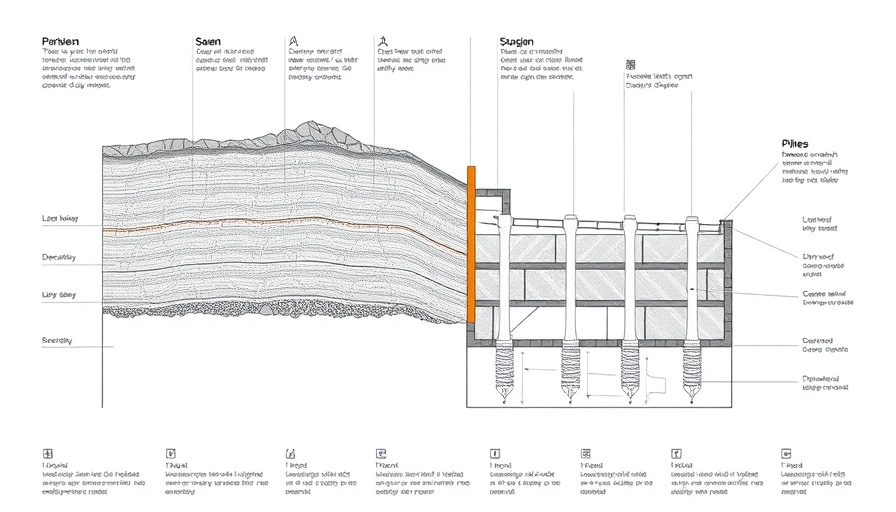
Harnessing Machine Learning for Earthquake Risk Assessment
Understanding earthquake risks is crucial, especially in urban areas like Tokyo that face seismic threats. Researchers from the Shibaura Institute of Technology have embarked on an ambitious project that leverages machine learning to enhance the traditional methods of predicting the depth of a building's foundation. Their goal? To mitigate risks associated with soil liquefaction during earthquakes.
Why Bearing Layer Depth Matters
The bearing layer depth refers to the depth at which the soil or rock can adequately support a building's foundation. When earthquakes occur, the soil can behave like a liquid if it becomes too saturated, leading to devastating consequences. This phenomenon, known as soil liquefaction, can cause buildings to tilt or collapse.
Traditional tests to measure this depth, like the standard penetration test (SPT), while reliable, are costly and labor-intensive. As a solution, the research team employed three machine learning algorithms — random forest (RF), artificial neural network (ANN), and support vector machine (SVM) — using data from 942 geological survey records in the Tokyo area.
The Advantage of Machine Learning
The research, published in the journal Machine Learning and Knowledge Extraction, found that random forest yielded significantly higher accuracy than the other two algorithms in predicting bearing layer depth. Professor Shinya Inazumi stated, "Our aim is to provide urban planners and engineers with powerful tools that enhance safety and reduce costs in developing earthquake-prone areas."
This new method not only saves time and resources but also integrates geological survey data with advanced algorithms to deliver more accurate results. In urban environments where every second counts, achieving this efficiency could mean the difference between safety and disaster.
Looking to the Future
As technology evolves, so does the impact of machine learning on various fields, including geotechnical engineering. The work done by Inazumi and his team serves as a beacon of innovation, suggesting a future where artificial intelligence (AI) can proactively help in earthquake risk assessment.
With the potential for further advancements, the convergence of machine learning and geological data could lead to a more resilient urban framework. Cities could harness AI-driven insights for not only improving foundational integrity but also integrating these predictive tools into broader disaster planning and management strategies.
 Add Row
Add Row  Add
Add 




Write A Comment